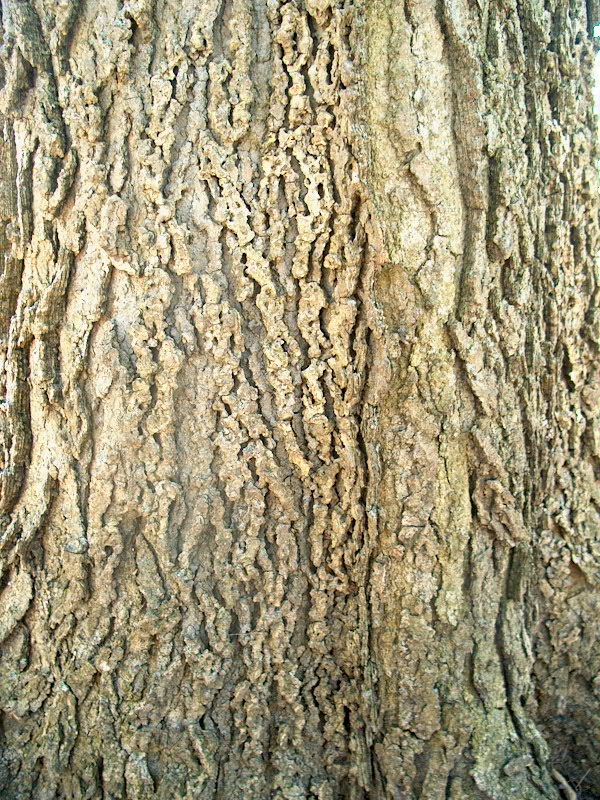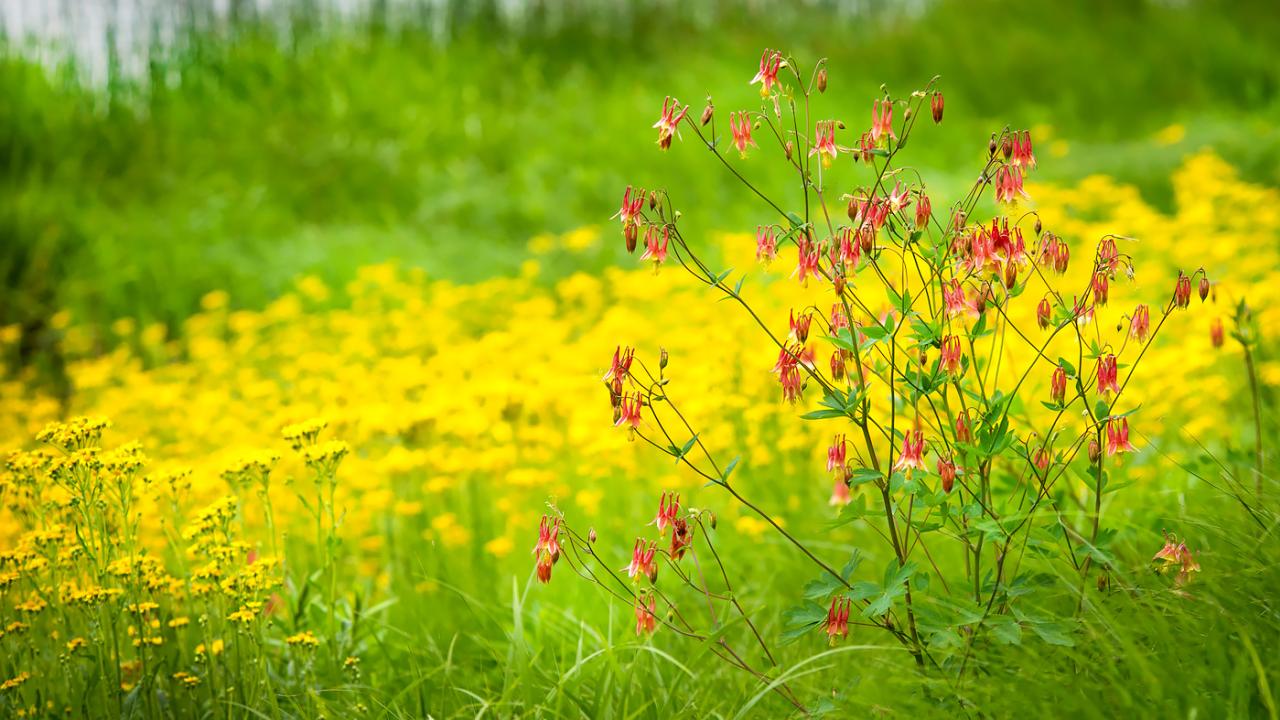Now that most of the trees have dropped their leaves, the scenery appears brown and boring UNLESS you know what to look for. I’m talking about tree bark. Learning to identify trees by their bark can be a fun winter challenge.
For starters, I’d like to share one of my favorites: the hackberry, Celtis occidentalis. Hackberry may not be in the top ten trees you think of, but maybe it should be.
Take a look at the interesting texture of this bark. If you use your imagination, it’s like a miniature Grand Canyon on its side, with layers of material exposed on the edges of steep plateaus.
I find the texture on this north-facing side of the trunk to look like bicycle chains. What do you see?

Hackberry bark, north side
Hackberry trees are related to elms and they grow all over North America. We have a few of them on the east side of Parking Lot 4. Scroll back up—do you recognize the large picture above? This was taken in McDonald Woods, along the trail near Parking Lot 4. The large tree to the left of the bridge is a hackberry.
One reason for the popularity of this tree is that the fruits—hackberries—feed birds, squirrels, and other woodland creatures. In the summer, caterpillars of mourning cloak, question mark, and hackberry emperor butterflies feed on the leaves. If you came to see Butterflies & Blooms in late summer, you may have seen the many mourning cloaks fluttering around the Learning Campus thanks to our hackberry trees.

Hackberry emperor butterfly, shown with its characteristic pattern of black and white stripes against brownish orange background.
Open your eyes to tree bark this winter. You’ll find a range of interesting patterns and textures and maybe even learn something new about the trees around you.

